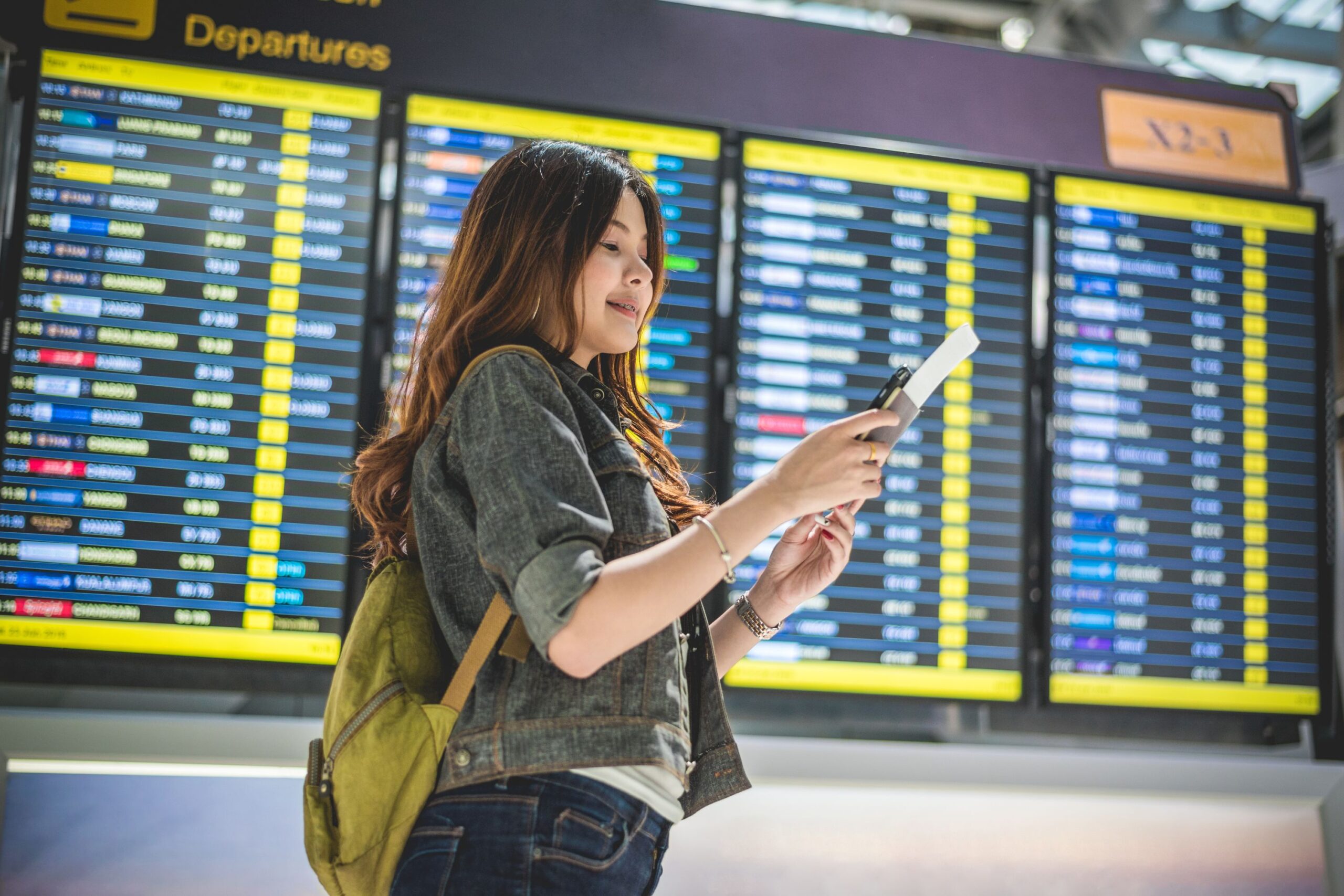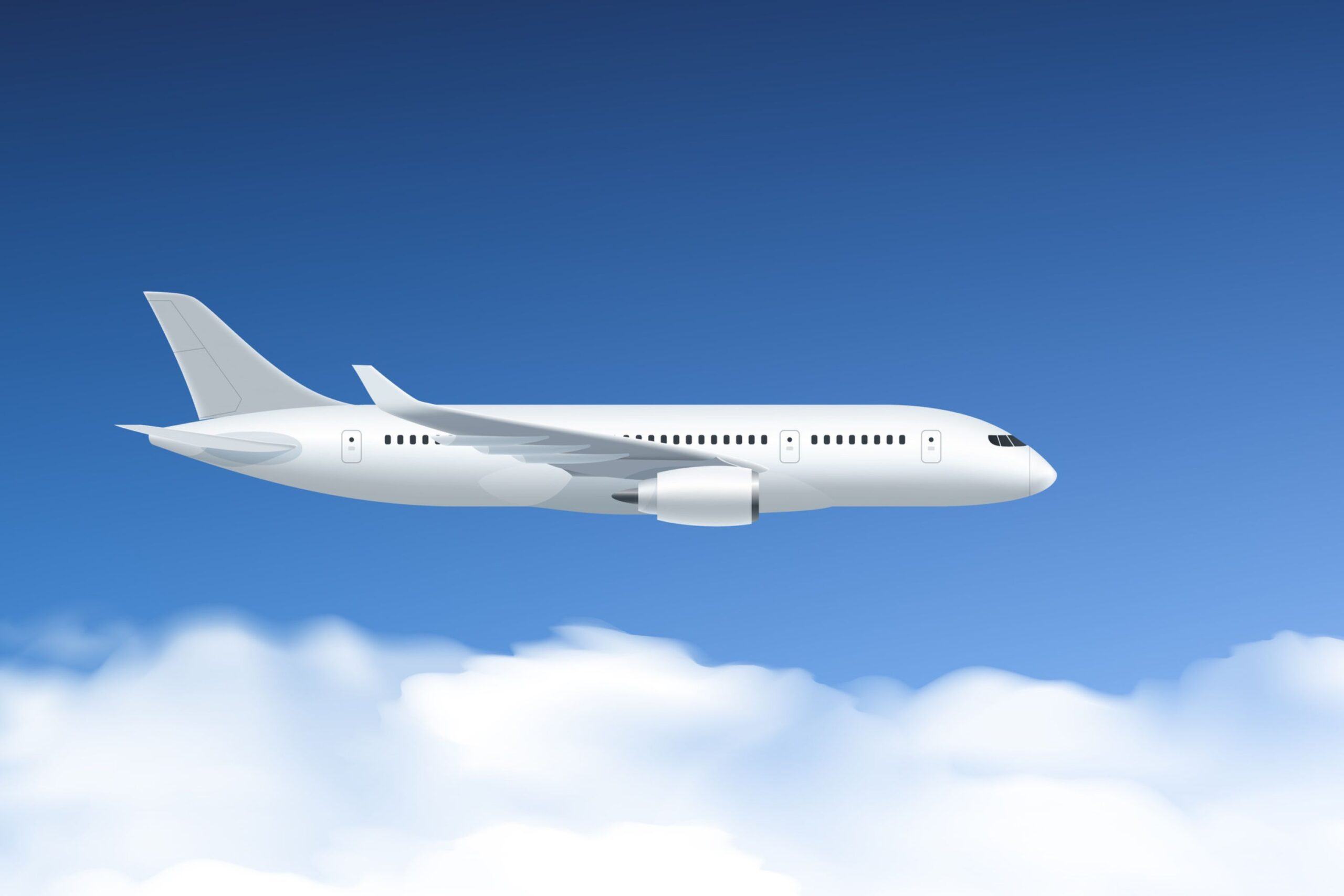When children fly alone across borders, it’s more than a regular booking. Unaccompanied minors on international flights require extra attention, specific airline policies, and detailed planning to ensure they travel safely and comfortably. If you plan to send your child abroad without a guardian, knowing the rules and getting organized early will make the whole process smoother.
Airlines don’t just treat these flights like any other. From special supervision to signed documentation, every step is designed to support your child’s journey from takeoff to arrival.
What Does “Unaccompanied Minor” Mean?
In airline terms, an “unaccompanied minor” usually refers to a child flying without a parent, legal guardian, or an adult over a certain age, typically 16 or 18. Each airline sets its rules, but most offer services for unaccompanied minors from age 5. If your child is under 5, international travel without an adult usually isn’t allowed at all.
That said, older teens — 15 to 17 — might be able to fly independently without being officially classified as unaccompanied minors, depending on the airline and destination. Still, parents may request the extra assistance just for peace of mind.
Why Airlines Offer Unaccompanied Minor Services
Safety and reassurance are the two big reasons. International flights add complexity, from immigration forms to connecting flights, language differences, and customs checks. Airlines have developed structured programs specifically for unaccompanied minors on international flights. These programs assign airline staff to monitor your child’s journey from check-in to arrival.
If you’re considering using this service, know it isn’t just a helpful option—in many cases, it’s required.
How the Process Works
If this is your first time booking a ticket for an unaccompanied minor, here’s what typically happens.
You’ll be asked to complete a special form once you’ve booked the flight (which usually must be done directly with the airline). This form includes contact details for the person dropping the child off, the child’s passport information, and the name and phone number of the person meeting them at the other end.
When you get to the airport, you’ll usually need to wait with your child at the gate until the flight takes off. Some airlines issue you a temporary gate pass to accompany your child through security. The child is then handed over to a flight attendant and is supervised for the entire trip.
Upon arrival, airline staff will accompany the child through immigration and customs and hand them directly to the pre-approved adult listed in the documentation.
Booking Tips for Unaccompanied Minors International Flights
If you book international flights for unaccompanied minors, the earlier you do, the better. Some flights or routes might not allow solo minors, and availability can be limited, especially during busy travel seasons.
Avoid flights with layovers if possible. Direct flights reduce the chances of complications, and fewer transitions mean less stress for your child. However, if a layover is unavoidable, check whether the airline offers supervision during the connection. Not all do — and some won’t accept unaccompanied minors on flights with stopovers.
Also, always double-check visa requirements. Just because an adult doesn’t need a visa for a specific country doesn’t mean a minor can skip paperwork. Some countries require notarized parental permission or additional identity documents for unaccompanied children.
Airlines With Strong Unaccompanied Minor Policies
Some airlines are well-known for their unaccompanied minor programs on international routes. Carriers like Lufthansa, Emirates, Air Canada, British Airways, and Delta offer detailed services, and each has different age requirements, fees, and assistance levels.
For example, Lufthansa allows kids ages 5 to 11 to fly alone using their care service, while Emirates offers a dedicated lounge for minors at their Dubai hub. Meanwhile, U.S.-based airlines such as United and American have detailed handover procedures and offer escort service to customs.
Every airline will charge a fee, usually per leg of the journey. These fees cover supervision, documentation handling, and sometimes meals or entertainment.
Documents You’ll Need for Unaccompanied Minors on International Flights
International travel always involves paperwork, but when a child is flying alone, there’s even more to prepare. Most airlines will not allow your child to board unless every required document is completed in advance and matches the airline’s checklist.
You’ll usually need:
- A valid passport for the child.
- A completed unaccompanied minor form (provided by the airline).
- A signed consent letter from both parents or legal guardians (or just one if sole custody is legally confirmed).
- Copies of ID for the parents or guardians.
- A visa is required if the destination country requires one for minors.
- Contact details for the adult picking the child up, including phone number and government-issued ID.
What matters most is consistency. The names and details in every document should match. If there’s a mismatch, your child might be delayed at immigration or even denied boarding. It’s also wise to carry copies of all forms, even if you submitted them digitally.
In-Flight Experience for Unaccompanied Minors
So what happens once your child is in the air?
Flight attendants are briefed on every unaccompanied minor aboard. Most airlines assign a single crew member to check on your child throughout the flight. They’ll offer snacks, help with entertainment systems, and ensure your child feels safe and comfortable. Kids are usually seated near the front or back of the plane for easier monitoring.
Some airlines also hand out activity packs or child-friendly meals. If your child has any allergies or medical needs, these must be disclosed in advance and confirmed again at check-in.
Talk to them in advance if you’re worried about how your child will handle the flight. Explain the schedule, what to expect, and who to ask for help. Let them know they’ll be taken care of the whole time.
Connecting Flights: When They’re Allowed and When They’re Not
Most parents prefer direct flights when booking international flights for unaccompanied minors, but sometimes a layover is unavoidable. That’s when airline policy becomes critical.
Some airlines will allow a child to connect flights under supervision, but others only permit direct international travel. The stop must usually be within the same airline group or alliance to avoid confusion or legal complications if a connection is allowed.
If your child does need to change planes:
- Ensure the connection time is enough — at least 90 minutes is ideal.
- Confirm that the unaccompanied minor service includes supervision during the layover.
- Avoid overnight stops unless necessary.
The airline will walk your child through customs if the transfer happens in a different terminal or requires rechecking luggage. Still, it’s smart to keep connections as simple as possible. One terminal, gate, and airline reduce stress for everyone involved.
What You Can Do to Prepare Your Child
Sending your child across the globe without you might feel overwhelming. But there’s a lot you can do to make the trip easier for both of you.
Start by rehearsing the trip with your child. Explain each step: check-in, security, boarding the plane, and arriving at the destination. Use simple terms and focus on making them feel confident. Role-play situations like asking for help or finding their seat.
Pack a small carry-on with essentials: a travel pillow, their favorite snacks (check with the airline), a book, and a comfort item like a small toy or stuffed animal. Don’t forget a printed copy of the itinerary, including the name and photo of the person meeting them on arrival.
Please remind your child that they can ask the flight attendants for help anytime. These crew members are trained to support unaccompanied minors, and many go out of their way to make the experience fun and reassuring.
Airline Fees for Unaccompanied Minors on International Flights
Flying alone isn’t free, even for kids. Most airlines charge an additional fee for unaccompanied minor services, and when it comes to international flights, the cost can add up quickly. You’ll usually pay per direction, and sometimes per flight segment if there’s a connection involved.
For example, U.S. carriers like Delta or American Airlines typically charge around $150–USD 200 per leg for unaccompanied minor services on international routes. European and Middle Eastern airlines like Lufthansa or Emirates may price it differently, often based on distance or class of service.
These fees cover more than just onboard supervision. They also include:
- Staff members escorting the child through check-in and security
- Priority boarding and seating
- Constant monitoring during the flight
- Handover at arrival to the designated adult
Before you book, ask if the fee is already included in the fare or if it will be added later. It’s also smart to confirm the refund policy. You want to know how flexible the service is in case of a schedule change or cancellation.
What Happens If There’s a Delay or Missed Flight?
Flight disruptions can happen to anyone, but they’re especially stressful when a child is flying alone. That’s why airlines have backup procedures in place for unaccompanied minors.
If the flight is delayed, your child will usually remain with the airline staff. They’ll stay at the gate or in a supervised lounge, and parents will be updated as the situation evolves. In case of long delays, meals and activities are often provided.
For missed connections, the airline will assign a staff member to help your child rebook the next available flight. Some carriers even offer temporary hotel accommodation if there’s an overnight wait, though this depends on the airline, the location, and the child’s age.
As a parent, you’ll be notified if anything changes. That’s why it’s essential to provide a working phone number and stay reachable throughout your child’s travel window.
Age Rules for International Travel Without Adults
One of the most confusing parts of booking unaccompanied minors international flights is figuring out who qualifies — and under what terms.
Here’s a general overview (but always check with the airline directly):
- Ages 0–4: Not allowed to fly internationally without a parent or adult guardian.
- Ages 5–11: May fly with mandatory unaccompanied minor service on direct flights (some airlines allow connections with conditions).
- Ages 12–14: Usually may fly alone, but parents can choose to pay for unaccompanied minor services if they prefer.
- Ages 15–17: Often treated as adults for booking, but optional minor services may still be available by request.
Keep in mind that age requirements vary by destination. Some countries require written consent for children under 18 to cross borders alone, even if the airline doesn’t require special services.
Is It Safe for Kids to Fly Alone Internationally?
If you’ve been worrying about safety, you’re not alone. The idea of your child navigating an international airport without you is nerve-wracking. However, the reality is that airlines have strict protocols in place and take these situations seriously.
Staff assigned to unaccompanied minors are specially trained. These team members focus on one job: ensuring your child feels safe, supported, and accounted for at every step of the journey.
Still, your role matters too. The trip will go smoothly if you prepare your child, pack their documents carefully, and stay available for any changes. Confidence, clarity, and communication are the three things that help most.
Expert Tips for Booking Unaccompanied Minors International Flights
There’s no room for guesswork when planning a solo trip for your child. You want to feel confident that every detail is handled, and that starts with knowing a few expert tips that can make all the difference.
Book directly with the airline. While third-party travel sites may offer cheaper fares, unaccompanied minor services are rarely available through them. Booking directly gives you access to the required forms, policies, and live help when needed.
Choose flights that depart early in the day. Morning departures are less likely to be delayed. This is especially important if there’s a connection or if your child is heading to a country with strict arrival rules.
Call the airline after booking. Even if you selected the unaccompanied minor service online, call the airline’s customer service team to confirm everything is in place. Ask questions about what to expect, what to bring, and what your child will need to say when going through immigration.
Add your child’s name and emergency info to their carry-on. This can include a printed card with the flight details, the name and contact info of the person picking them up, and instructions for allergies or medications.
Arrive early at the airport. If you’re dropping off the child, plan to arrive earlier than usual. The check-in process for unaccompanied minors involves extra paperwork, ID checks, and sometimes a gate escort pass.
Make a checklist. Once you’ve packed your child’s bag, add the following to a front pocket: passport, boarding pass, consent forms, and local currency (if needed). A laminated checklist is even better and will help your child stay calm and in control.
Choosing the Right Airline for Your Child’s Solo Trip
There’s no universal “best airline” for unaccompanied minors, depending on your route and priorities. Some carriers are consistently praised for their service, comfort, and safety.
Lufthansa offers detailed care for unaccompanied minors, including supervised lounges and multilingual support.
Emirates provides personal attention throughout the flight and even arranges supervised transfers during connections in Dubai.
Air France has a solid track record with minors, offering the “Kids Solo” program on most international routes.
Delta and American Airlines offer solid systems in place, including designated hand-off staff, tracking updates for parents, and onboard support.
Each airline handles unaccompanied minors differently. Some assign seats near the front of the aircraft, while others offer lounge access during layovers. It’s important to compare these minor differences — they can shape the entire experience.
FAQs
What is the minimum age for unaccompanied minors on international flights?
Most airlines allow children as young as 5 to travel internationally using unaccompanied minor services. Under 5s must travel with an adult.
Can a 12-year-old fly internationally without a parent?
Yes, but most airlines require them to use the unaccompanied minor service, especially on international routes.
Do I need to provide a notarized letter of consent?
In many cases, yes — especially for cross-border travel. Some countries won’t allow minors to enter or leave without it. Check the embassy website of your destination.
What happens if the child’s flight is delayed or canceled?
If needed, airline staff will always stay with the child and rebook the next flight. Parents will be contacted immediately with updates.
Can my child take a connecting flight alone?
It depends on the airline. Some allow it with conditions, while others only accept direct flights for minors. Always confirm before booking.
Is there a way to track the flight or get updates during the journey?
Yes. Most major airlines offer real-time text or email updates for parents during the trip, including boarding, departure, and arrival confirmation.
What should my child carry during the flight?
Your child should have a small backpack with their passport, boarding pass, consent forms, snacks, a water bottle, entertainment, and a contact sheet with key info.




